How to Fix P0237 Code On Dodge Cummins? (Fully Explained)
DTC codes or diagnostic trouble codes are crucial for modern vehicles, and your Dodge Cummins is no exception. When the PCM detects an issue, your truck’s dashboard warns you with these cryptic messages. These indicators are essential to helping you identify and fix problems with your truck.
If you see the P0237 code on Dodge Cummins, it indicates the intake boost pressure sensor A input circuit is below specifications. This can be caused by several different issues—but one of the main causes is the internal shorting of the sensor to the ground.
Continue reading to find out more about the P0237 code on Dodge Cummins. Upon reviewing this code, we will explain everything you need to know, including the problem it indicates, its symptoms, causes, fixes, and associated costs.

What Does P0237 Code Mean on Dodge Cummins?
Code P0237 on Dodge Cummins is defined as Intake Boost Pressure Sensor A Circuit Low. This code is similar to P0236, P0238, and P0239.
When the PCM (powertrain control module) or ECM (engine control module) detects an abnormal voltage reading from the sensor circuit, it will trigger the check engine light and store the corresponding trouble code.
The P0237 trouble code on Dodge Cummins specifically indicates an issue with the boost pressure sensor A input circuit. The PCM uses this sensor to monitor the amount of pressure in the intake manifold.
If the pressure falls outside the range, the sensor will send an abnormal voltage signal to the PCM. Here’s a breakdown of what the code has to do with this problem.
- P = Powertrain, the system of components that propels your car forward
- 0 = a generic number derived from the SAE standard
- 2 = Fuel and air metering (Injector circuit malfunctions)
- 37 = Specific fault index (In our case, this denotes Intake Boost Pressure Sensor A Circuit)
How Serious Is the P0237 Code on Dodge Cummins?
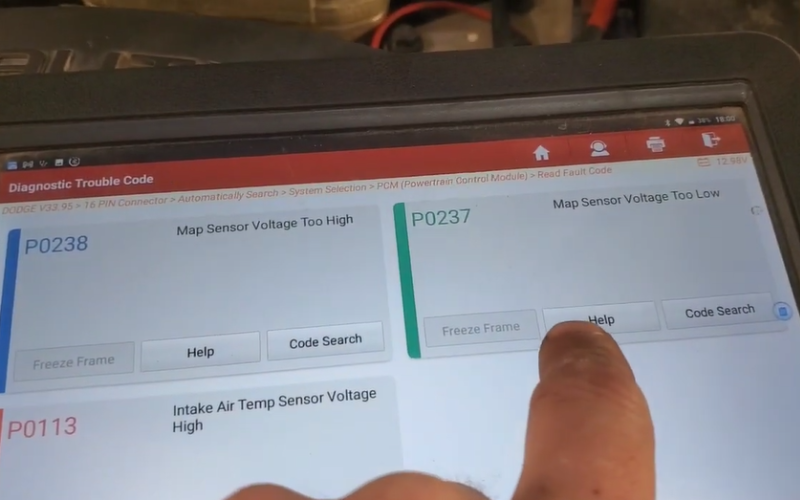
The P0237 code is not as serious as some codes, but it should still be addressed in a timely manner.
A short in the sensor circuit will cause the ECM to disable the turbo boost until the problem is fixed and the code is cleared, leading to a decrease in power and fuel economy.
Not fixing the problem soon may eventually lead to damaged catalytic converters and turbo over boost.
What Are the Symptoms of the P0237 Code on Dodge Cummins?
The most common symptom of the P0237 code on Dodge Cummins is a sudden decrease in power accompanied by an illuminated check engine light. Other symptoms may include:
- Consistently low engine power
- Decrease in fuel economy
- Auto turn-off of the turbo boost
- Trouble accelerating
What Causes P0237 Code on Dodge Cummins?
Several causes may result in the P0237 code on Dodge Cummins engines, but an internal short in the sensor is usually the main culprit. This can be caused by a manufacturing defect or physical damage to the sensor. Other potential causes may include:
- A faulty boost pressure sensor ‘A’
- A malfunctioning turbocharger
- A loose or damaged connector
- A problem with the ECM or PCM
How to Fix P0237 Code on Dodge Cummins?
A certified mechanic or a dealership is the best place to get your truck fixed with the P0237 code. Those professionals will have the tools and knowledge to diagnose and rectify the problem.
However, if you think you have the skills, tools, and knowledge to fix the problem, you could try diagnosing the problem yourself by following these steps:
Step 1: Obtain the Freeze Frame Data
Your truck’s computer saves a “freeze frame data” whenever a code is set. It shows the conditions at the exact moment the error code was set, so it can be used to diagnose the problem. To obtain this information, use an OBD-II code reader.
Step 2: Check with the Technical Service Bulletins
Once you have the freeze frame data, check with the technical service bulletins (TSBs) for your Dodge Cummins model and year. TSBs are issued by the manufacturer to alert mechanics about common problems with specific vehicles.
Step 3: Inspect the Sensor and Connections
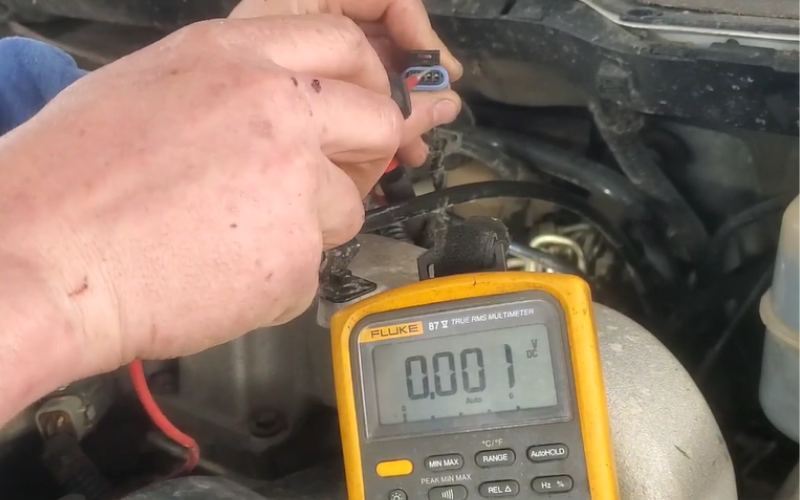
If there are no relevant TSBs, the next step is to inspect the sensor and its connections for physical damage. If there is any damage, repair or replace the damaged parts and clear the code.
If there are no damaged parts, check the connector for loose, broken, or corroded wires. Repair or replace any damaged parts and clear the code.
Step 4: Check for Vacuum Leaks
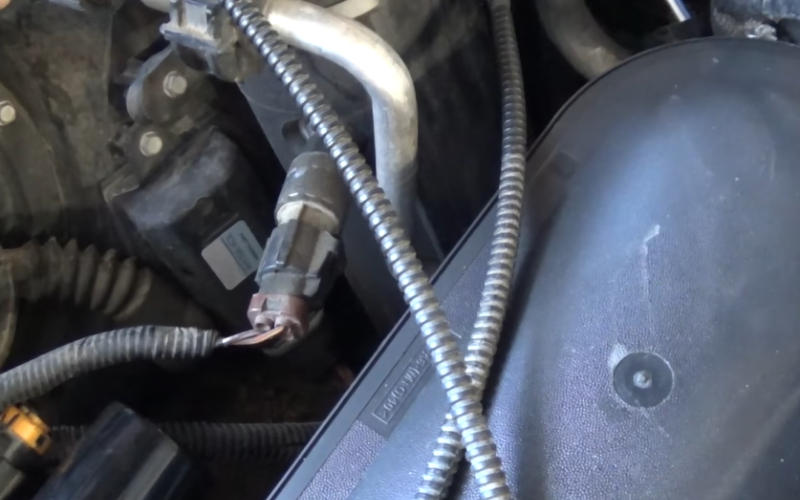
If the connector and sensor are in good condition, the next step is to check for vacuum leaks. Use a smoke machine to check all the connections and gaskets for leaks. If you find any, repair or replace the damaged parts and clear the code.
Step 5: Check for Faulty Turbocharger
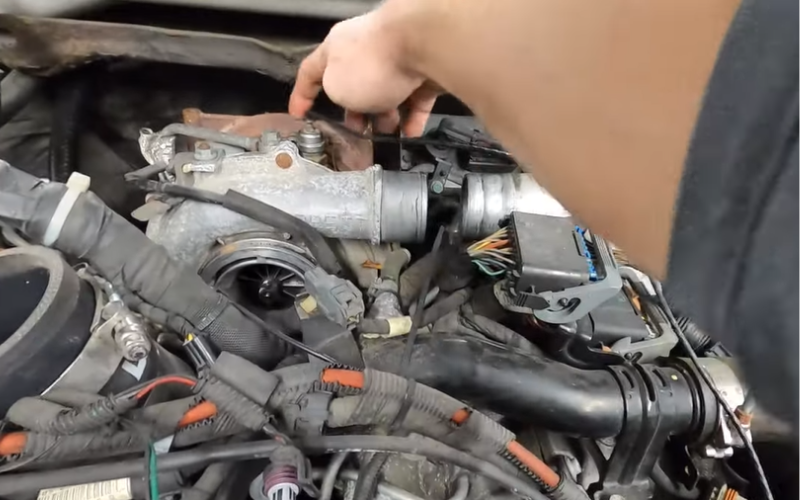
When there are no vacuum leaks, the next step is to check the turbocharger for damage. You can check this by disconnecting the turbocharger hose and feeling for any air leaks. If there are no leaks, reconnect the hose and check the other side.
If you still can’t find the source of the leak, chances are the turbocharger is damaged, so it will need to be replaced.
Step 6: Clear the Code and Test-Drive
Once you’ve fixed the problem, clear the code and take your truck for a test drive. If the code comes back, another underlying problem may need to be addressed.
Step 7: Check the ECM or PCM
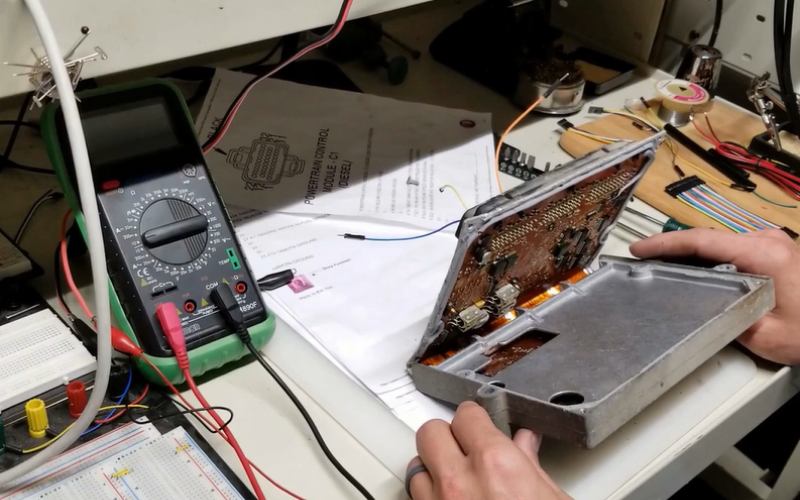
When the code keeps coming back, chances are your truck has a problem with the ECM or PCM. If you suspect this is the case, take your truck to a certified mechanic or dealership for further diagnosis and repair.
How Much Does it Cost to Fix Dodge Cummins P0237 Code?
The cost of fixing the P0237 code on Dodge Cummins will depend on the severity of the problem and which parts need to be replaced. In most cases, you can expect to pay between $200 and $1,400 for the entire repair.
This cost includes the price of diagnostics, labor, and parts. The specific parts that need to be replaced will also affect the cost.
For example, if you only need to replace the boost pressure sensor, the cost will be much lower ($200 and up) than replacing the turbocharger ($800 and up).
Can You Drive Your Dodge Cummins With code P0237?
You could, but it’s never a good idea to drive your truck with the P0237 code set. It could keep causing further damage to your truck. Yet, you will not be in immediate danger unless you try driving fast.
When you do so, the truck could lose power quickly and stall with massive force, which could cause an accident.
If you must drive your truck with the P0237 code set, take it easy on the accelerator and watch your truck’s gauges. If you notice any intermittent readings, pull over and call a tow truck.
Conclusion
We hope this article gave you a comprehensive overview if you were just looking for a basic explanation or a detailed insight into dealing with the P0237 code on Dodge Cummins.
Detecting a problem early and fixing it before it worsens is the simplest way to save on these types of repairs.
But it’s always best to leave the job to a professional if you’re not comfortable fixing the issue yourself. Regardless of the pathway you choose, the sooner you fix the issue, the lower the likeliness of hefty spending.
Related Posts:





